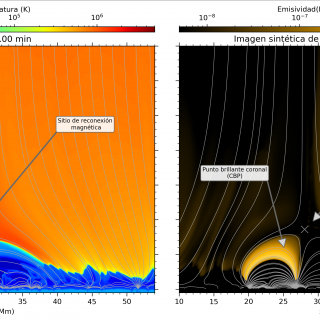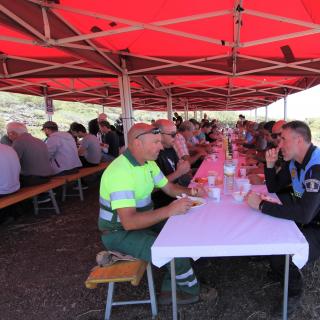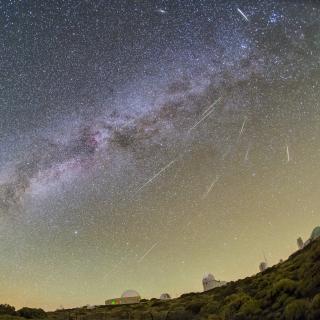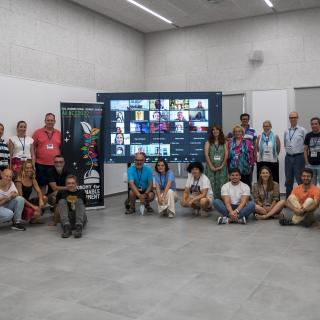
The “gold and black” basketball club yesterday presented its strip designs, inspired by the Canary sky, at an publicity event held at the Aguere Cultural Centre (La Laguna, Tenerife). The Instituto de Astrofísica de Canarias (IAC) and the sports club will hold various events during the season to promote knowledge of astronomy among its fans and its members. Lenovo Tenerife will play three matches in the Endesa League with the “Orion” version of its strip. The Instituto de Astrofísica de Canarias (IAC), and the basketball club Lenovo Tenerife have joined forces this season to publicize the
Advertised on




